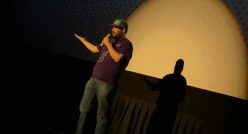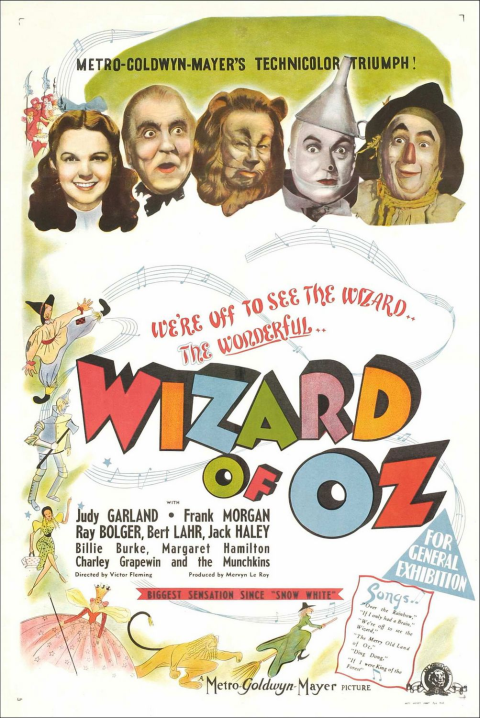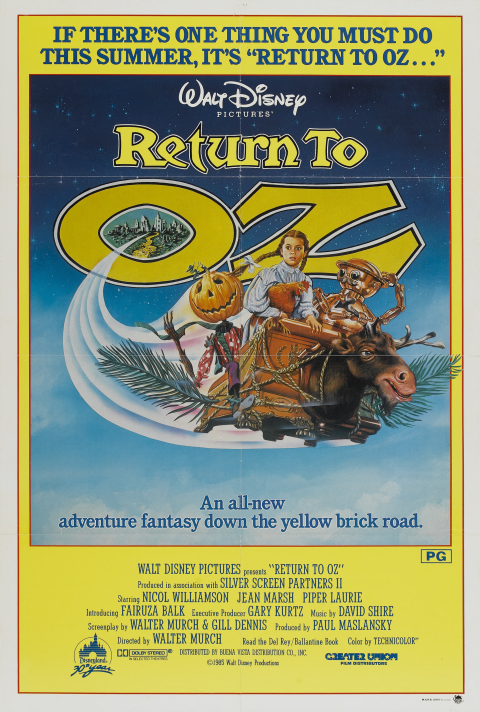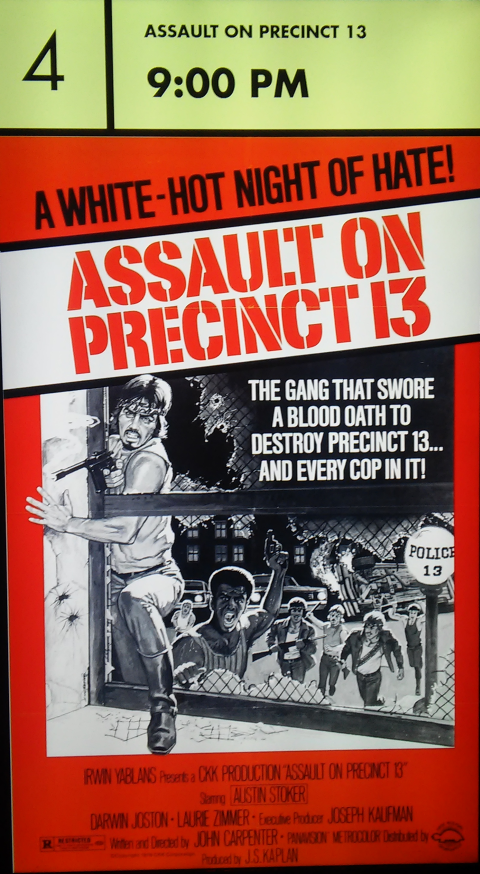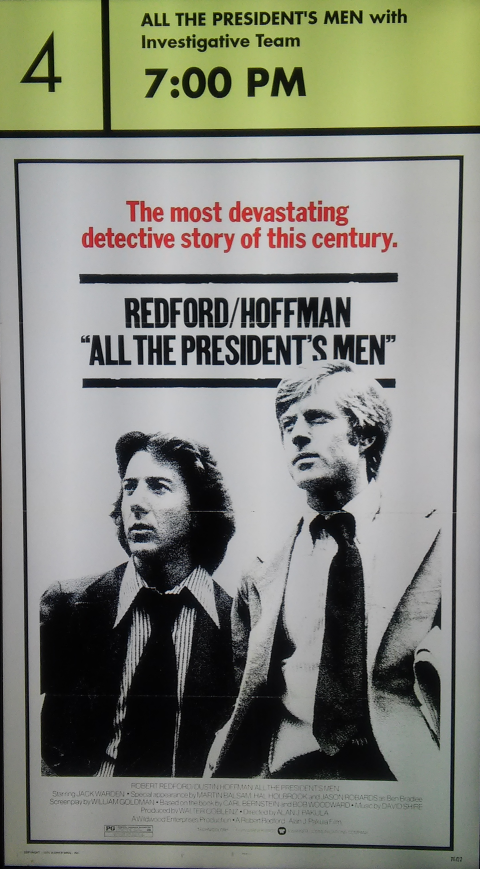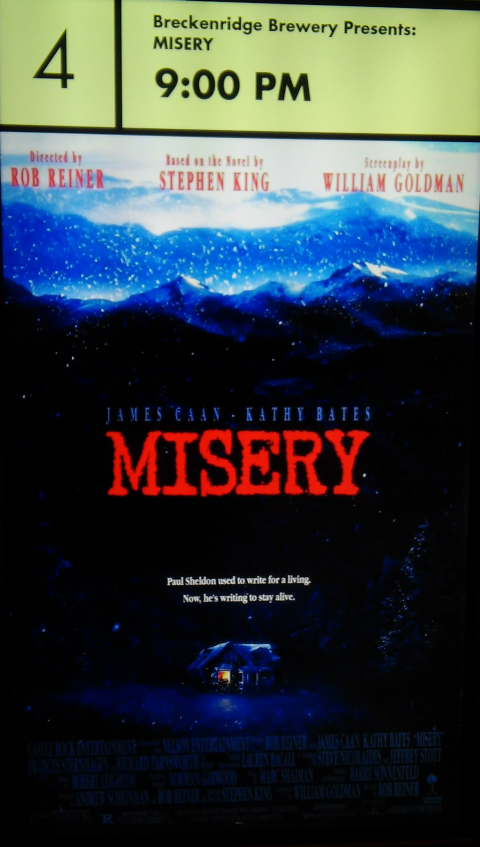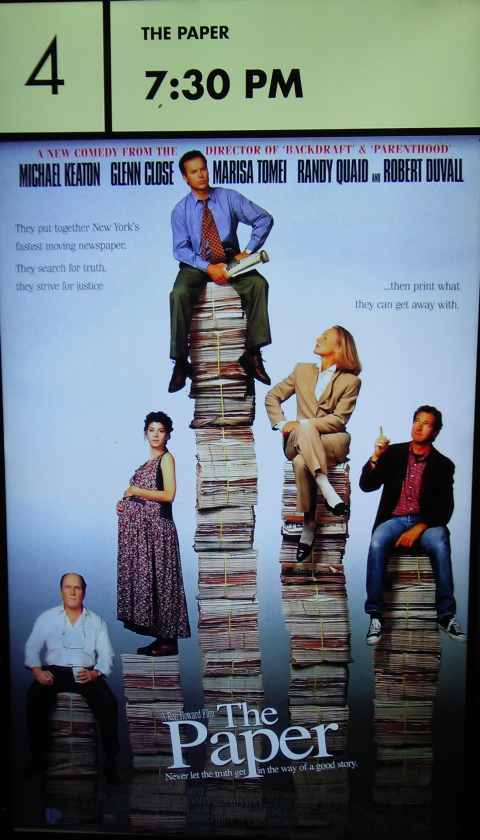Oh, you thought we were done with kindertrauma after Willy Wonka?
We are in no way done with kindertrauma here.
Now, for clarity’s sake, the two films I’m talking about in this post did both play at the Mahoning Drive-In early this season, but not together (they were actually in separate double bills). I just thought it more fitting (and fun) to review them side-by-side.
Directed by Victor Fleming
Written by Noel Langley & Florence Ryerson, and Edgar Allan Woolf, based on the novel The Wonderful Wizard of Oz by L. Frank Baum
Cast: Judy Garland, Frank Morgan, Ray Bolger, Jack Haley, Bert Lahr, Billie Burke, Margaret Hamilton, Charley Grapewin, Pat Walshe, Clara Blandick
Soundtrack: Harold Arlen (music), E.Y. Harburg (lyrics)
Honestly, I didn’t much care for this movie.
Now, listen, much like Willy Wonka, The Wizard of Oz is so ingrained into pop culture that it doesn’t matter if I think it’s a classic or not; it simply is at this point. In fact, I’d say you should watch it once just because it’ll unlock a whole world of jokes and references for you, but that doesn’t mean you should feel obligated to thoroughly enjoy it.
Which is not to say I hated it. I really liked Frank Morgan as Professor Marvel/The Wizard; I actually wish he had more legitimate screen time (I know he pops up in a few other parts; don’t e-mail me), but I understand that would hold up the story.
I think my biggest issue is that the film seems to rely so much on the turn from “real world” sepia to “Land of Oz” technicolor to wow audiences that the filmmakers just didn’t think of entertaining people in the same way as other strictly black and white movies of the time. To put it more simply, The Wizard of Oz just doesn’t hold up for me; and I’ve seen enough other films from the Thirties that do hold up and that I would recommend (It Happened One Night comes to mind).
Beyond that, to draw another comparison to Willy Wonka, I don’t mind the musical numbers in that one, but I can largely do without them in Oz; which, I know, that’s the whole point of casting Judy Garland, but she’s also 16 or 17 trying to play younger, and that takes me out of it as well (I do feel bad for the awful things she went through in her career though, including this film, so don’t think me heartless there).
Much respect to Toto though.
Rating: ★★½ (out of five)
Directed by Walter Murch
Written by Walter Murch & Gill Dennis, based on the novels The Marvelous Land of Oz and Ozma of Oz by L. Frank Baum
Cast: Fairuza Balk, Nicol Williamson, Jean Marsh, Sophie Ward, Fiona Victory, Piper Laurie, Matt Clark, Emma Ridley, Justin Case, Pons Maar, Bruce Boa, Denise Bryer, Sean Barrett, Brian Henson, Lyle Conway, Beatrice Murch, Mak Wilson, Timothy D. Rose, Michael Sundin, Stewart Larange, Stephen Norrington, Deep Roy, John Alexander
Soundtrack: David Shire
Now, THIS is a beat I can dance to!
(Ironically, there are no musical numbers in Return to Oz, which is a positive.)
One last criticism I have of 1939’s The Wizard of Oz is that I just struggle to feel the stakes of it, but that’s not a problem with Return, because within the first ten minutes a ten-year-old girl is threatened with shock therapy if she doesn’t shut up about that gott-dang Land of Oz.
BOOM! I’m in!
And she’s an actual ten-year-old girl. She doesn’t have to play vulnerable; she simply is. That helps. Much respect to young Fairuza Balk, who carries so much of the film on her shoulders. As stated, Wizard of Oz is so iconic, it couldn’t have been easy to slip into the shoes of a character like Dorothy Gale after more than forty years of history, but I really appreciate the switch to a younger actress in the role.
Another difference between the “original” and Return is that while the ’39 movie was, to my knowledge, shot entirely on sound stages, large swaths of Return are actually filmed outside, which also helps give credence to the stakes, despite some quite fantastical moments.
I know one aspect of Return to Oz that many people find disappointing (or at least did when they saw it as children) is that Dorothy has a new traveling crew, while Scarecrow, Tin Man, and the Cowardly Lion are pretty much relegated to the sidelines, but I have to say that I love the new characters (especially Tik-Tok, the mechanical one man Army of Oz); not to mention that it probably would have been a less interesting sequel if it was just the same foursome again.
Also, the rest of the human cast is really solid, particularly Nicol Williamson and Jean Marsh as the heavies.
I’d be remiss though if I didn’t mention the visual effects, which were rightfully Oscar-nominated. Some are obviously quaint now after so many years, but many are still breathtaking (not a total surprise give that one of the supervisors was Zoran Perisic, who made Christopher Reeve fly in Superman I, II, and III). Even the stop-motion effects, which often don’t age fantastically, hold up fairly well.
One last shout-out I’ll give is to David Shire for the musical score. It may not be culturally iconic like “Over the Rainbow” but it serves the movie perfectly.
Rating: ★★★½ (out of five)
So, look, as I said, The Wizard of Oz is a classic no matter what I say. It doesn’t need me.
Return to Oz, on the other hand, has been a “cult film” all my life, and I think it deserves a bit more than that, so if you want to say I’m caping up for it, I’m proud to wear that.
I mean, I’ve defended Superman IV. You think I’m ashamed of Return to Oz?
Please.
